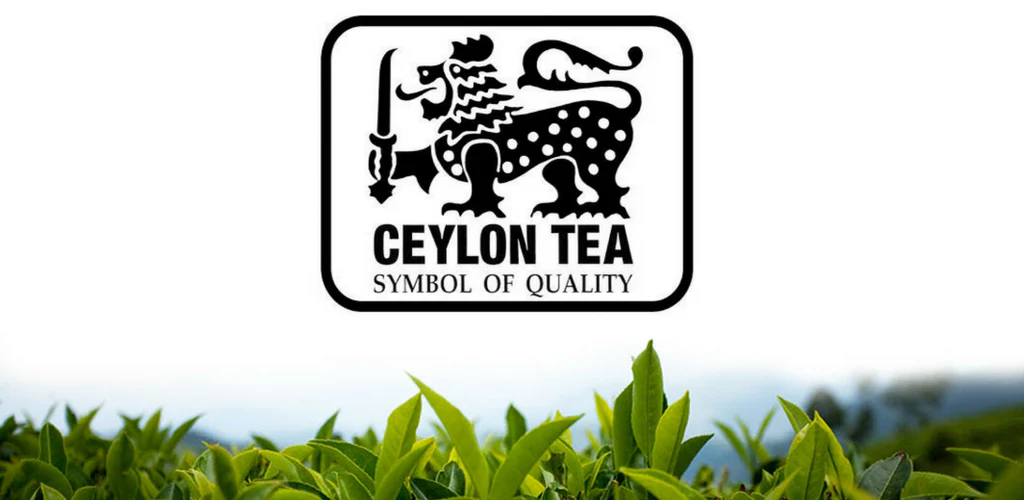Sri Lanka’s VAT is poised to achieve a significant boost in revenue, anticipating a whopping 1,400 billion rupees from the Value Added Tax (VAT) in the fiscal year 2024. This optimistic projection comes in the wake of strategic measures taken to expand the tax base and implement a rate hike, as revealed by officials from the President’s office in Colombo.
Optimizing Revenue Streams: VAT Restructuring in 2023
In the previous fiscal year of 2023, the initial expectation was set at 600 billion rupees from VAT. However, the actual collection fell short, reaching only around 450 billion rupees, as officials disclosed during a media briefing held at the President’s office. The need for revenue optimization became apparent due to historical exemptions, resulting in tax leakage and compelling the government to revisit its fiscal strategy. Sri Lanka’s VAT is likely to take the country to a new height in taxation.
Addressing Past Imbalances: Base Broadening Initiatives
To counter the repercussions of past exemptions, the government has taken decisive steps to broaden the tax base. Officials emphasized that this move was necessitated by the challenges posed by the prevailing tax structure, prompting the government to undertake necessary adjustments. Sri Lanka’s VAT will ensure a heightened level of revenue for the Government.
The Impact of Fiscal Adjustments: A Brief Retrospective
Sri Lanka’s economic landscape witnessed a pivotal moment in December 2019 when economic bureaucrats opted to reduce rates and taxes in pursuit of a potential output boost. However, this decision led to an unforeseen external crisis, surpassing the challenges faced in 2015 and 2018.
VAT Threshold Adjustments: Striking a Balance
One of the crucial modifications made was in the VAT threshold, initially set at 15 million rupees annually. This was later increased to 300 million, resulting in a significant reduction in the number of taxpayers. As part of ongoing efforts to bolster tax revenues after a default, the threshold will be further reduced to 80 million and subsequently to 60 million from January.
Expert Insights: Evaluating Sri Lanka’s VAT Landscape
Offering valuable insights, Janaka Edirisinghe, the Deputy Director of Economic Research at the central bank, highlighted that in many countries, VAT revenues typically contribute 6 to 8 percent of the Gross Domestic Product (GDP). In Sri Lanka, the target for 2024 is to elevate VAT revenues to 4 percent of the GDP. However, Edirisinghe cautioned that this figure still falls below the optimal level.
Future Projections: Striving for Fiscal Balance
As of the current fiscal year, VAT revenues are estimated to be only 2.2 percent of the GDP. The government’s fiscal experts are diligently working towards striking a balance that ensures both revenue enhancement and economic stability.
In conclusion, Sri Lanka’s strategic fiscal adjustments, aimed at optimizing VAT revenues, underscore the nation’s commitment to fiscal prudence and economic sustainability. The evolving landscape signals a proactive approach to address past challenges while positioning the country for a more robust fiscal future.
Tackling Economic Challenges: The Need for VAT Reform
Sri Lanka’s economic policymakers faced a challenging scenario in 2019, leading to a critical decision to reduce rates and taxes. The unintended consequence, however, was a severe external crisis surpassing the difficulties encountered in previous years. Acknowledging the need for a comprehensive fiscal overhaul, the government has undertaken a rigorous process of reevaluating its tax structure, with a specific focus on the Value Added Tax (VAT).
Striking a Balance: The VAT Threshold Dilemma
A crucial aspect of this reform involves a nuanced adjustment to the VAT threshold. Initially set at 15 million rupees per year, the threshold was elevated to 300 million, resulting in a notable decline in the number of taxpayers. While these adjustments were made in pursuit of fiscal resilience, the government now faces the delicate task of balancing revenue generation with taxpayer participation. The forthcoming reduction to 80 million and then 60 million in January signifies a strategic move to strike this equilibrium.
International Perspectives: Sri Lanka’s VAT in a Global Context
Janaka Edirisinghe, the Deputy Director of Economic Research at the central bank, provides a broader perspective by highlighting that, globally, VAT revenues typically contribute 6 to 8 percent of the Gross Domestic Product (GDP). Sri Lanka’s target to increase VAT revenues to 4 percent of the GDP in 2024 reflects an ambitious yet necessary goal. As the government works towards achieving this benchmark, it is essential to consider international best practices and ensure that Sri Lanka’s fiscal policies align with global economic norms.




